Community College: The Right Path and the Right Foot
Diverse: Issues in Higher Education
MARCH 22, 2024
According to the Community College Research Center, “ the cumulative amount owed after 12 years is an estimated $10,300 per student who started at public two-year college in 2003-04 (for all entrants, not just borrowers). The pressure to publish is not part of the air that faculty breathe, and as a result, many are able to be more available.

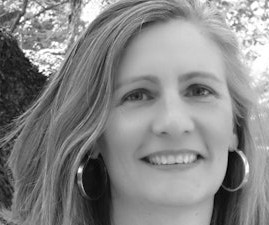
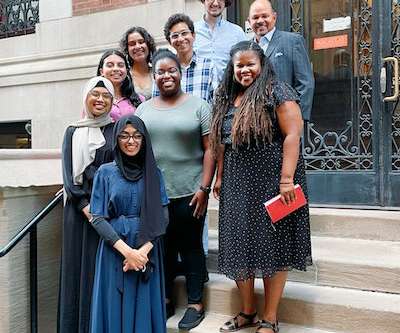
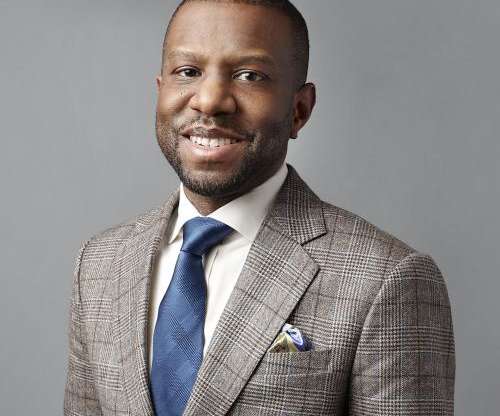
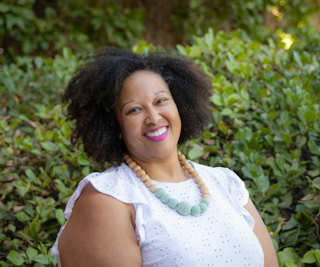
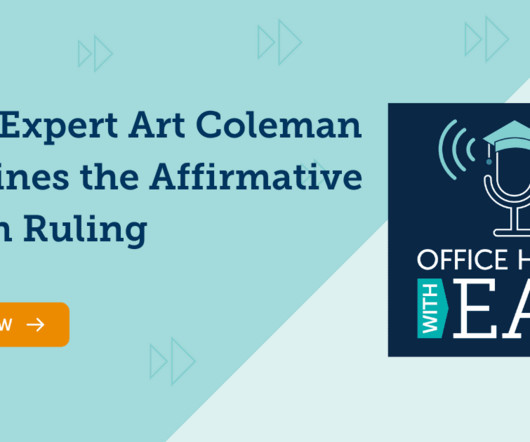
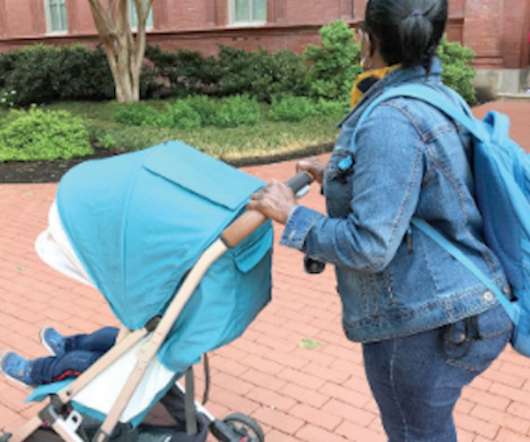

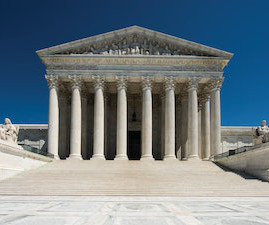






Let's personalize your content